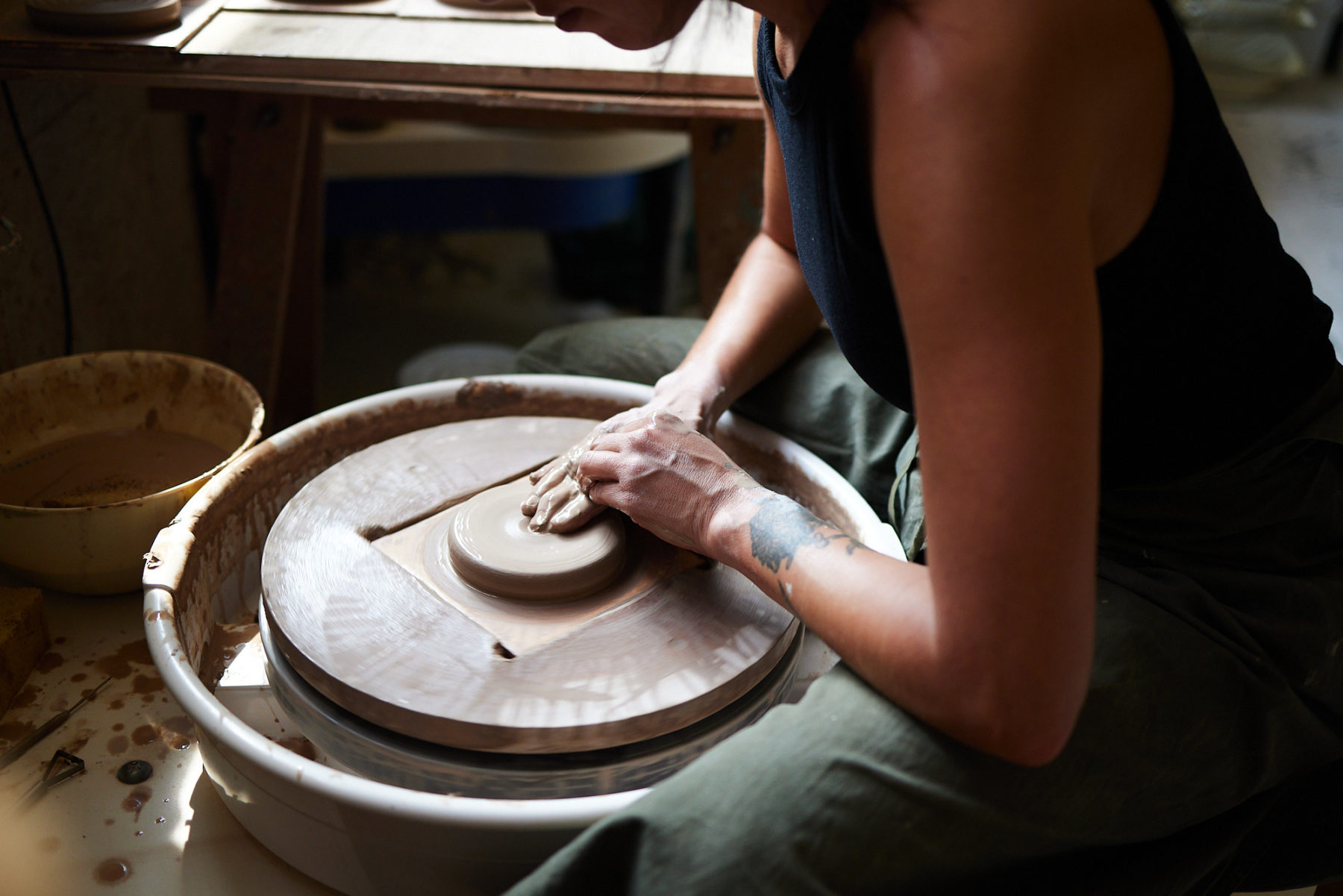
At The Table With — Andrea Roman, AR Ceramics
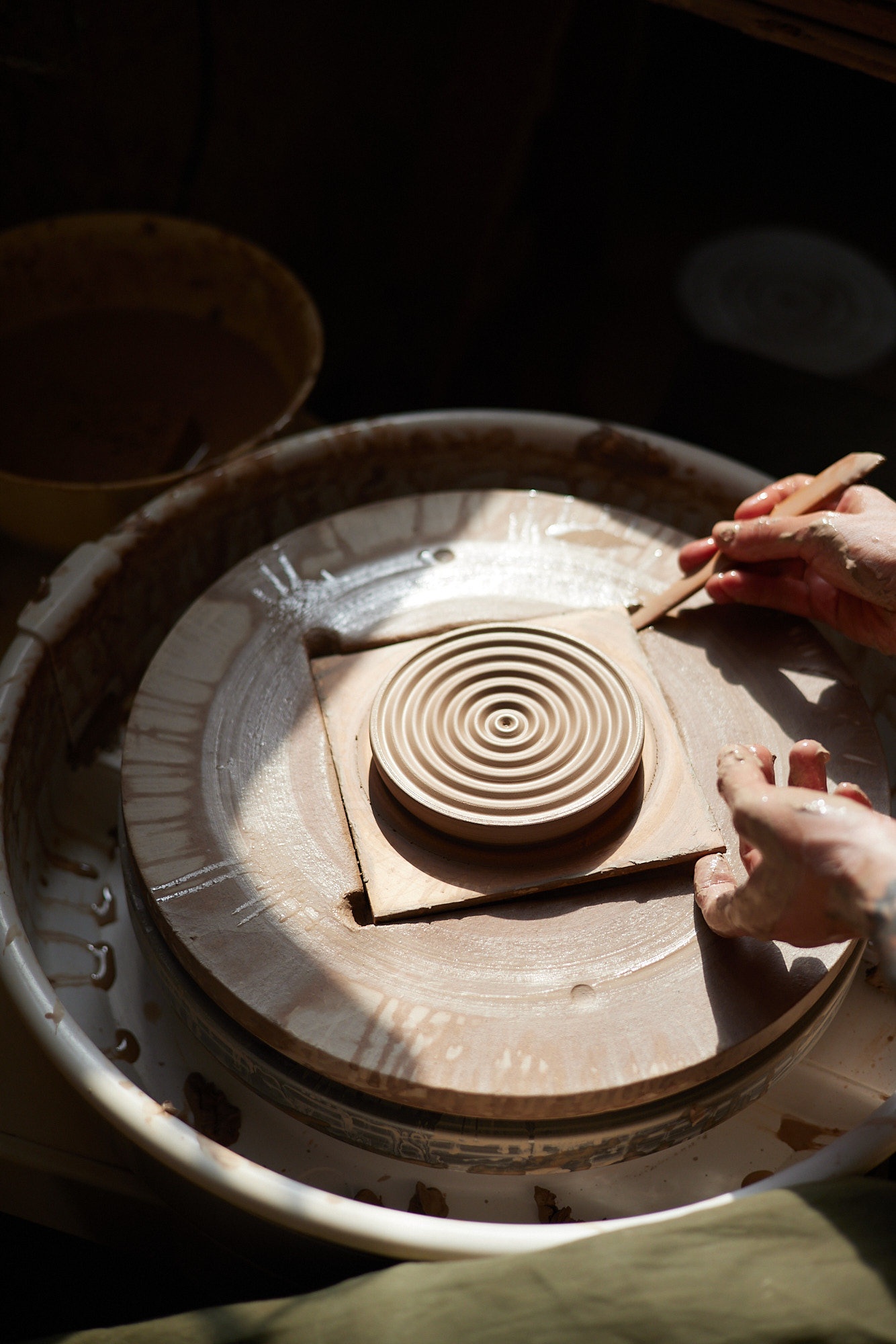
For our very first product collaboration, we have been working with friend and ceramicist Andrea Roman to create the perfect spoon rest — a considered object to keep on your kitchen counter, to catch those drips and crumbs from the spoon you are cooking with in between stirs. We went over to Andrea’s studio in Bow to film the process of making each piece by hand, and we sat down to chat with her about her love of clay, the relationship between food and ceramics, and her homes in Mexico and London. These pieces will be launching on Sunday 26th June — sign up to our newsletter for updates.
Andrea, tell us a little bit about your story — where did your ceramics journey begin?
I discovered clay at university while doing my degree in Product Design at UNAM. I had access to different workshops there — wood, metal, plastics and clay. From those four, clay felt like the simpler and most engaging way to connect with a material.
“Glossy glazes are better for plates that will work with cutlery as they are smoother and won’t scratch or make disturbing noises, whereas matte glazes are good for pieces that will only be used with hands or wooden tools.”
What is it about working with the medium that you love?
I love the tactility of it, how responsive it is to simple hand movements — you need no tools or very elementary ones to shape it, just the right amount of pressure in the right places and the right positioning of hands and fingers. I find that fascinating and probably early humans did too!
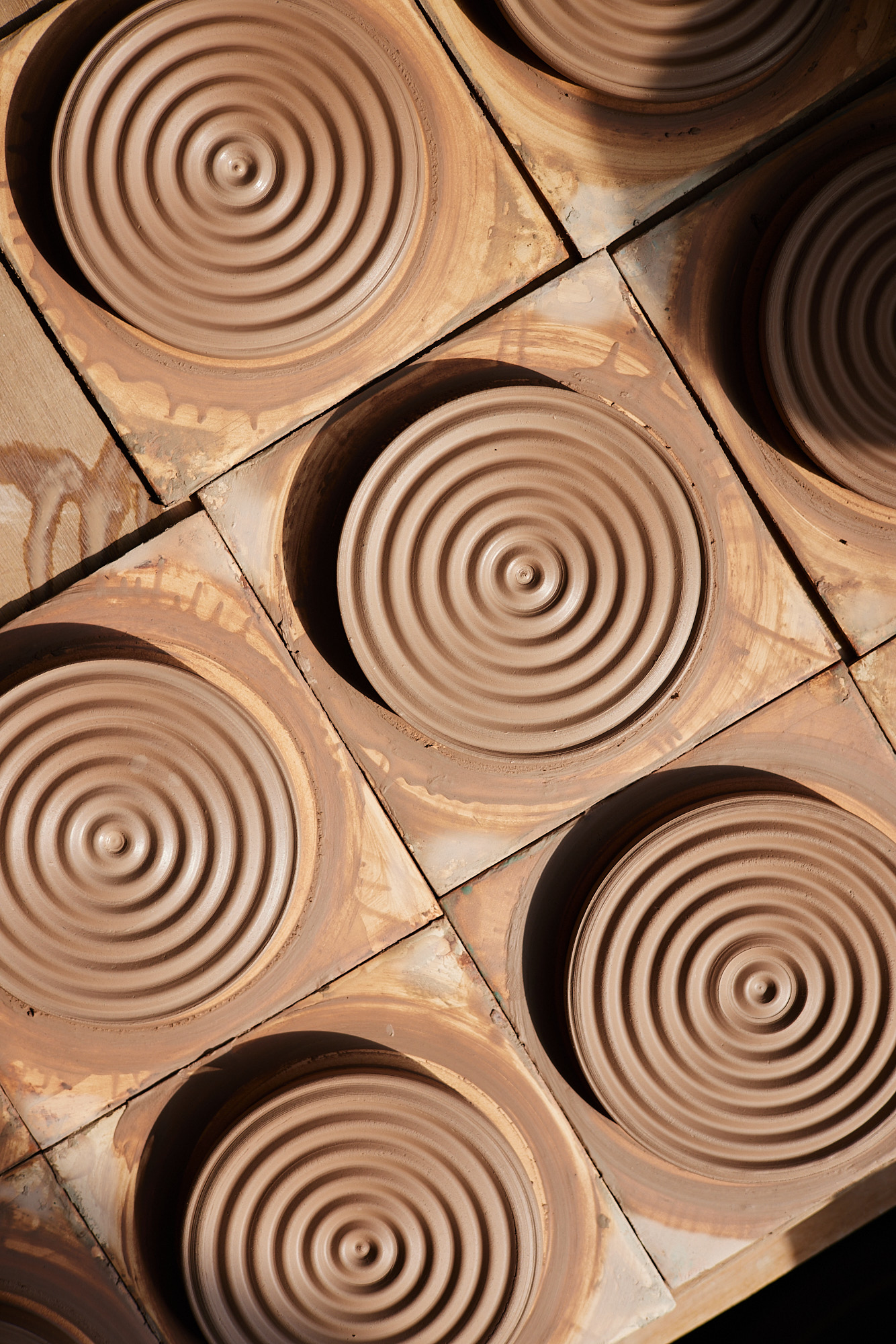
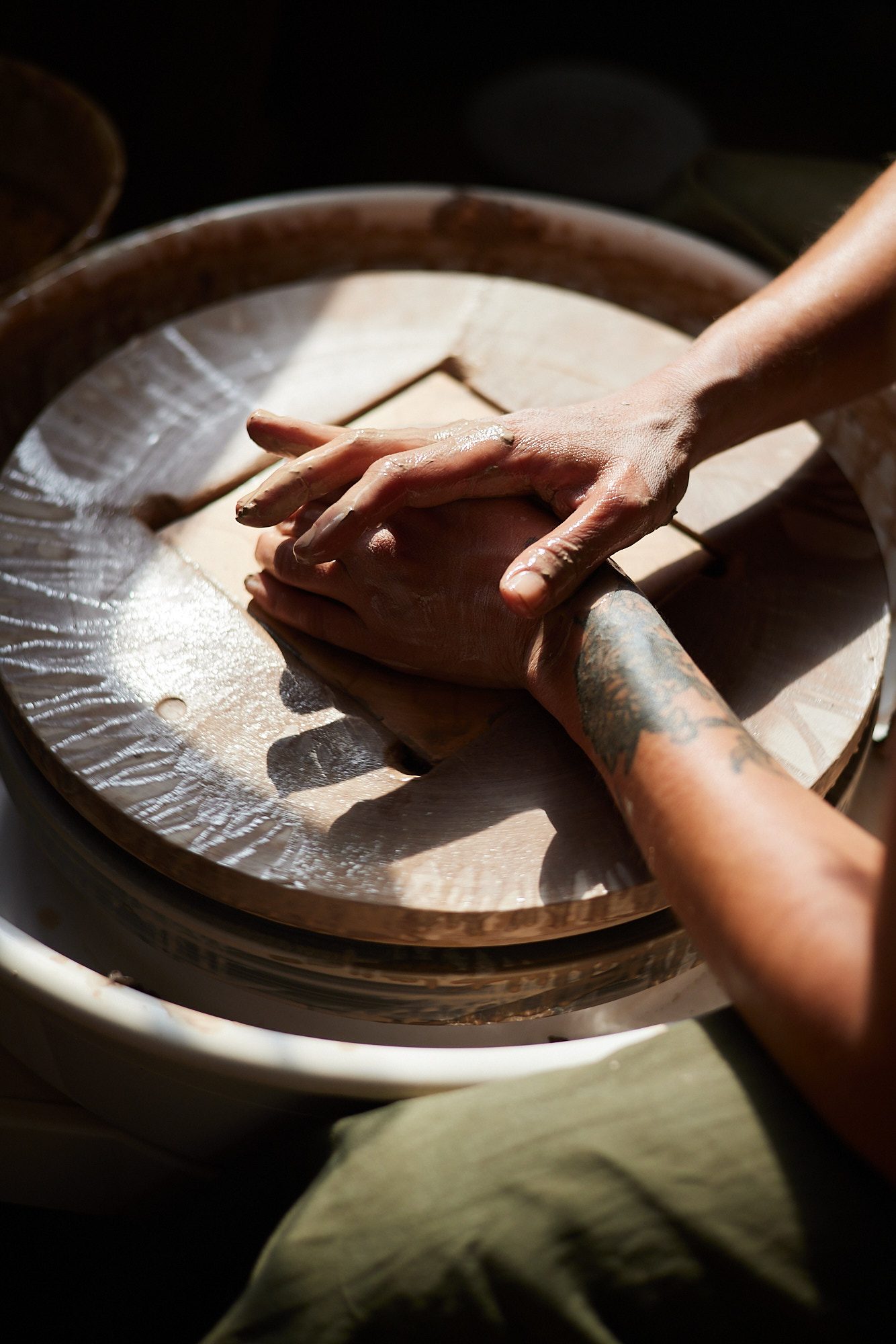
You’ve made ceramics for restaurants, cafés and brands including Kol, Workshop Coffee and Pophams Home. There’s so much about food & the experience of eating that comes into play with ceramics — how does this feed into your design process?
I think about how the pieces are going to be used, how they are going to be stored, whether it is possible to create an interesting composition or stacking arrangement. Glossy glazes are better for plates that will work with cutlery as they are smoother and won’t scratch or make disturbing noises, whereas matte glazes are good for pieces that will only be used with hands or wooden tools.
The colour of the clay and glaze will also have an effect on how the food looks. The octopus plate I made for KOL is one of my favourite pairings, food/ceramic wise. I also love to create colour palettes for people to mix and match, Pophams Home carries my flat white cups in my favourite clay colour combo for milky coffees and the Workshop Coffee cups were made using my teal clay shade, which I specifically love contrasted against black coffee.
Another very special example are the madly marbled plates I made for Hide Restaurant that only the curious diners will discover if they lift the plate from the table and look at the back. In the end the name of the restaurant (HIDE) suggests a lot and the experience of eating there is all about finding those hidden thoughtful details everywhere.
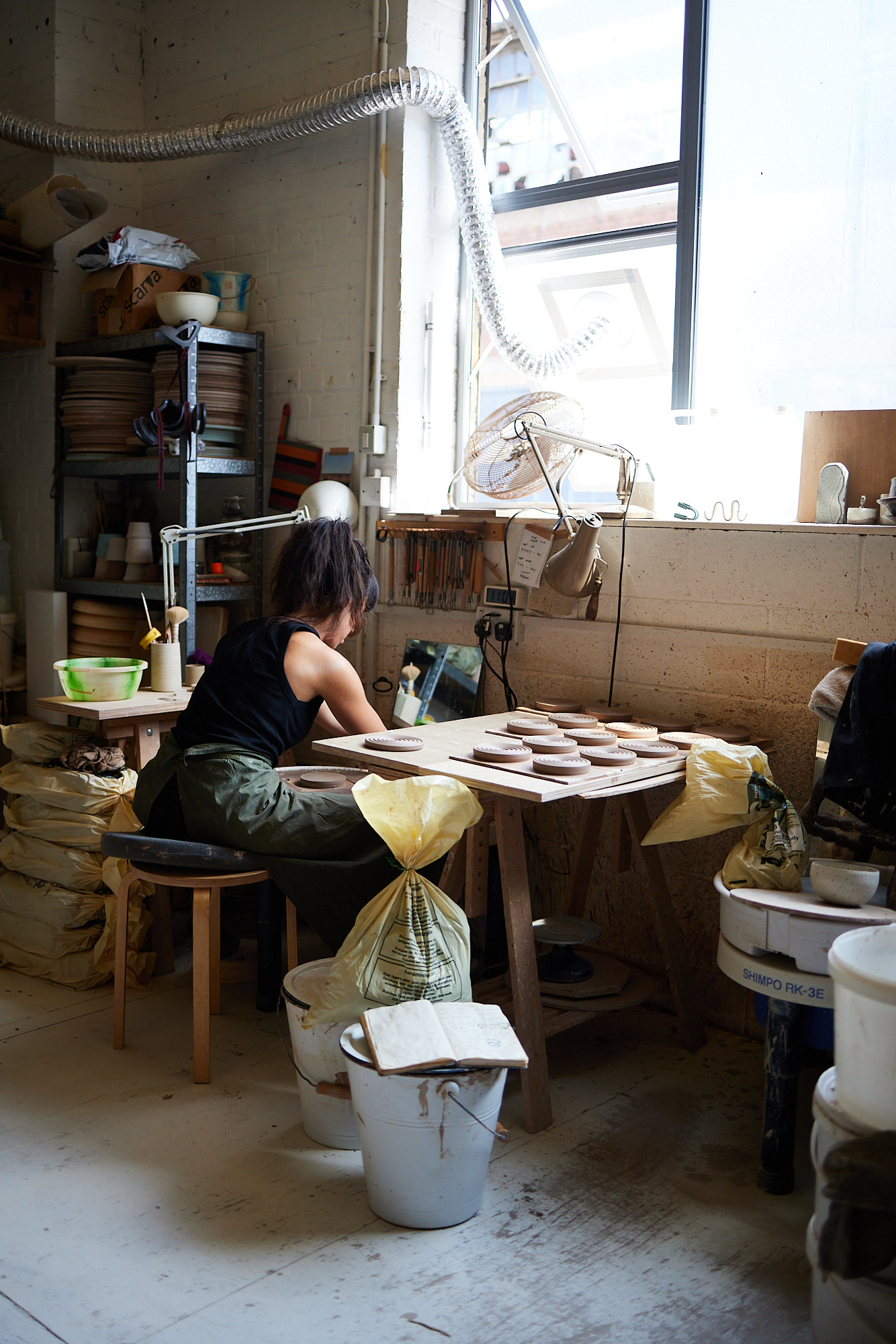
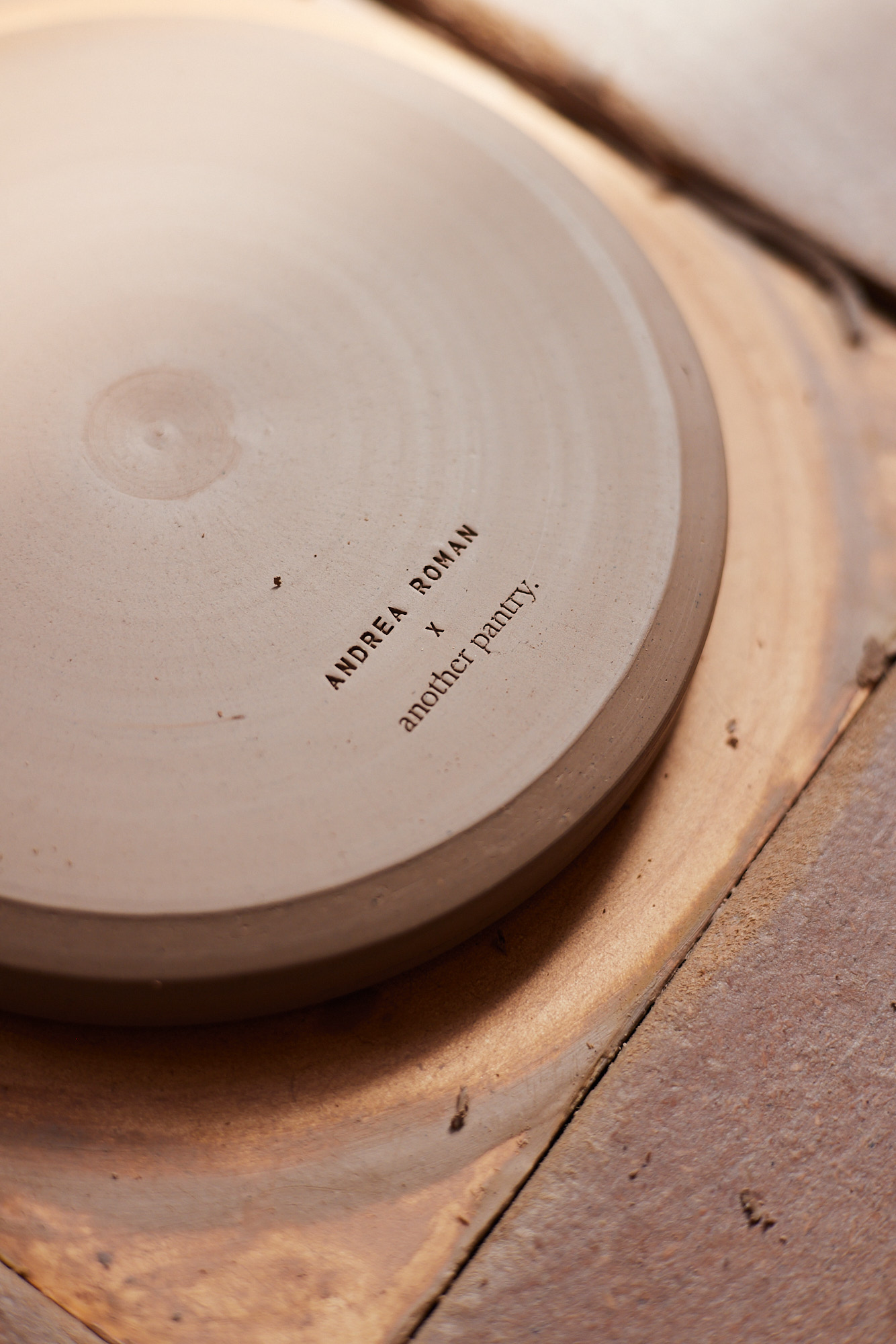
We’re so excited to have worked with you on our first product collaboration — our Another Pantry x AR Ceramics spoon rest. What do you love most about these pieces? What do you use yours for?
They are such an eye-catching piece that can live permanently on top of any worktop and they are surprisingly easy to make. I love how versatile they are, I have several at home and use them simultaneously. I put my mocha pot when hot on one of them, another one I use as a base for my pepper grinder to avoid having bits of ground pepper everywhere, and another one as a spoon rest when cooking.
Designing and creating a ceramic object is almost like following a recipe. Talk us through making each spoon rest — what’s the recipe? What ingredients have you used, where do you source the clay, what makes that speckled finish?
Ingredients: 400g of clay with iron flecks per spoon rest. The iron flecks will melt and burst through the clay once fired.
Tools: Bowl of water, sponge, potters knife, plastic wavy rib (I use a grouting spreader found in a local DIY shop), trimming tool, 400 grit sanding paper.
Method: Knead each ball by hand, centre it on the wheel, and throw a flat disc. Use a wavy rib to compress the surface and generate the desired texture. Finish and clean the edges. Wait 24hrs for the clay to become leather hard (this is when the clay stops sticking to your fingers and catching any fingerprints, but you can still mark it with your nails). Trim and tidy up the bottom. Air dry for approx. 1 or 2 weeks. Fire at 1250 ºC. Once fired, sand with a 400 grit wet and dry sanding paper to remove any sharp bits from the clay. Done!
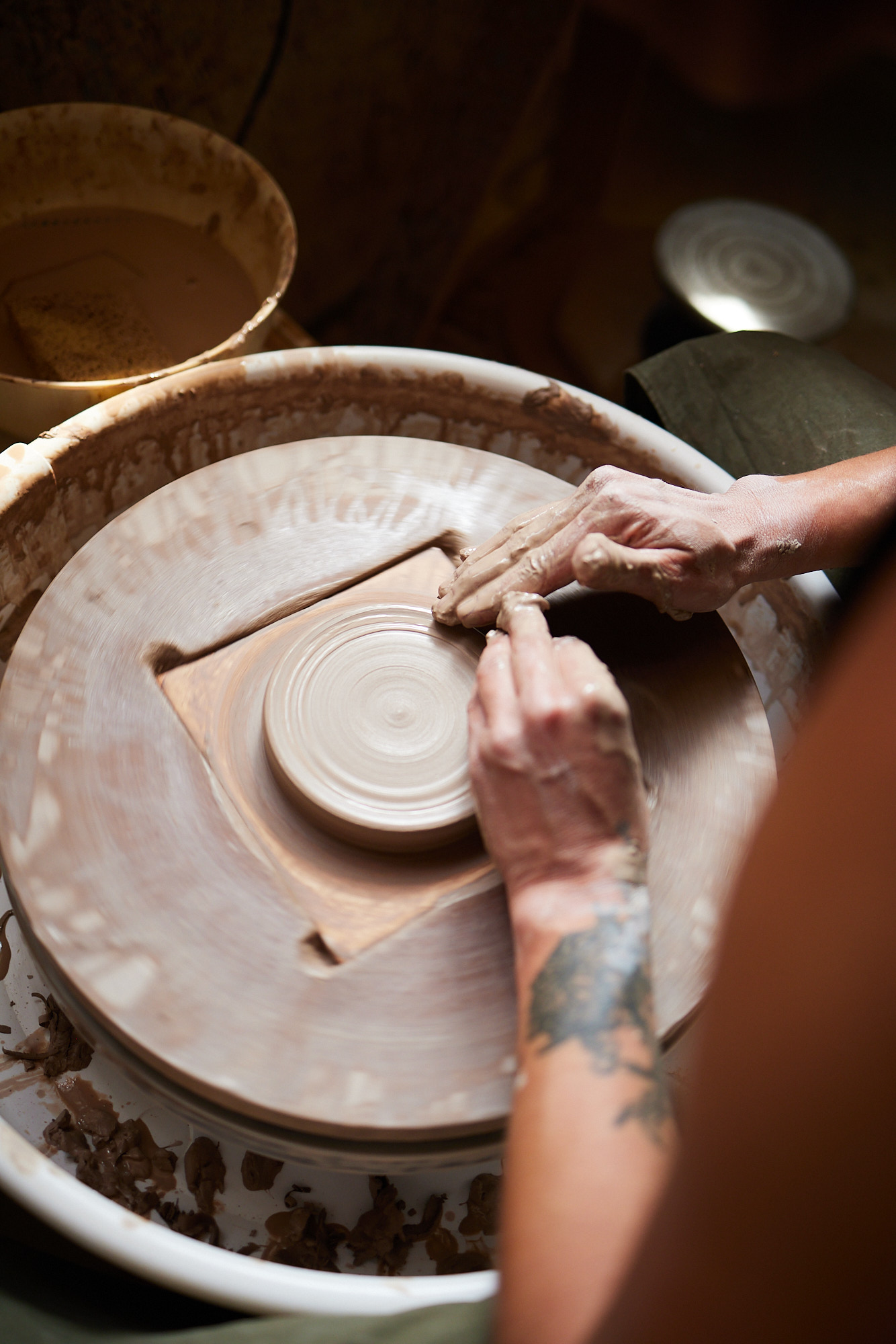
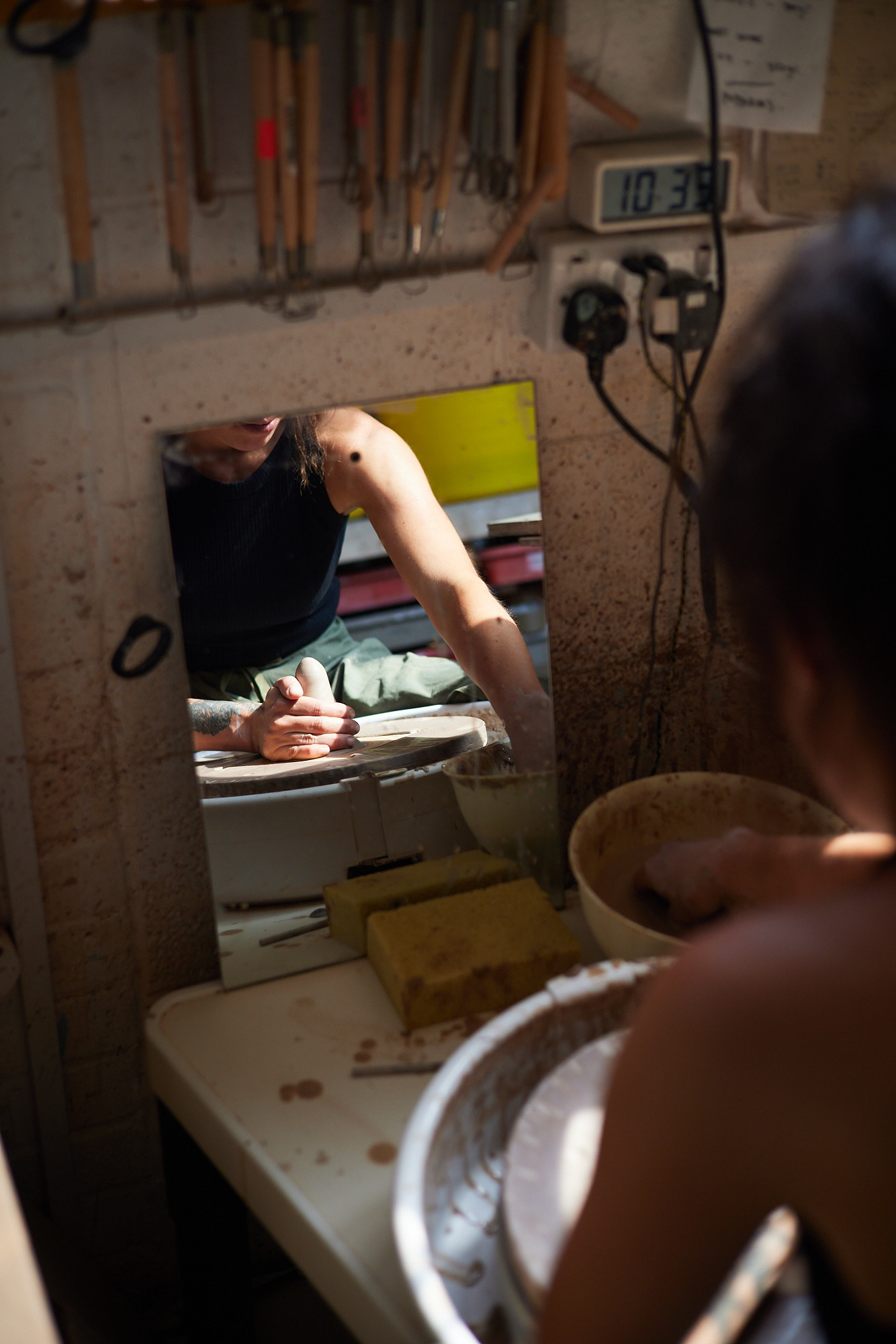
You can really feel a sense of nature in your pieces — in the colours, textures, shapes. Where do you draw that inspiration from? How did that earthiness come to define your style?
Let me think about this one — I wouldn’t say earthiness defines my work, but I guess it is inevitable to think this as I deliberately leave most surfaces of my pieces unglazed, to highlight this earthy and tactile quality of clay. I am interested in sharp lines, vertical and horizontal, I think of my work in terms of rhythmic compositions of shapes and colour, almost graphic, almost architectonic.
You’re from Mexico City but you’ve now made London your home. How do the two cities compare? What are a couple of your favourite spots to eat in both?
London is an amazingly green city, there are parks everywhere, the canal, the river, people use these spaces to linger. In Mexico City people move faster, you have the volcanoes surrounding the city, and when pollution is not too bad they offer the most spectacular view.
In Mexico City it is really easy to find good food everywhere, I miss the simple cheap food, the quesadilla stalls at the markets, tacos al pastor from El Califa and sopa de lima from Fonda 99.99 to name just a few. Mexico City’s food scene has changed massively in the last years, there’s a bunch of new places which I’m still curious to try. In London, a few favourites are Brawn, Towpath Cafe, Little Georgia and Ombra. There’s also a bunch of fantastic Turkish restaurants in Dalston, my favourite being Mangal 1 at the moment (controversial!).
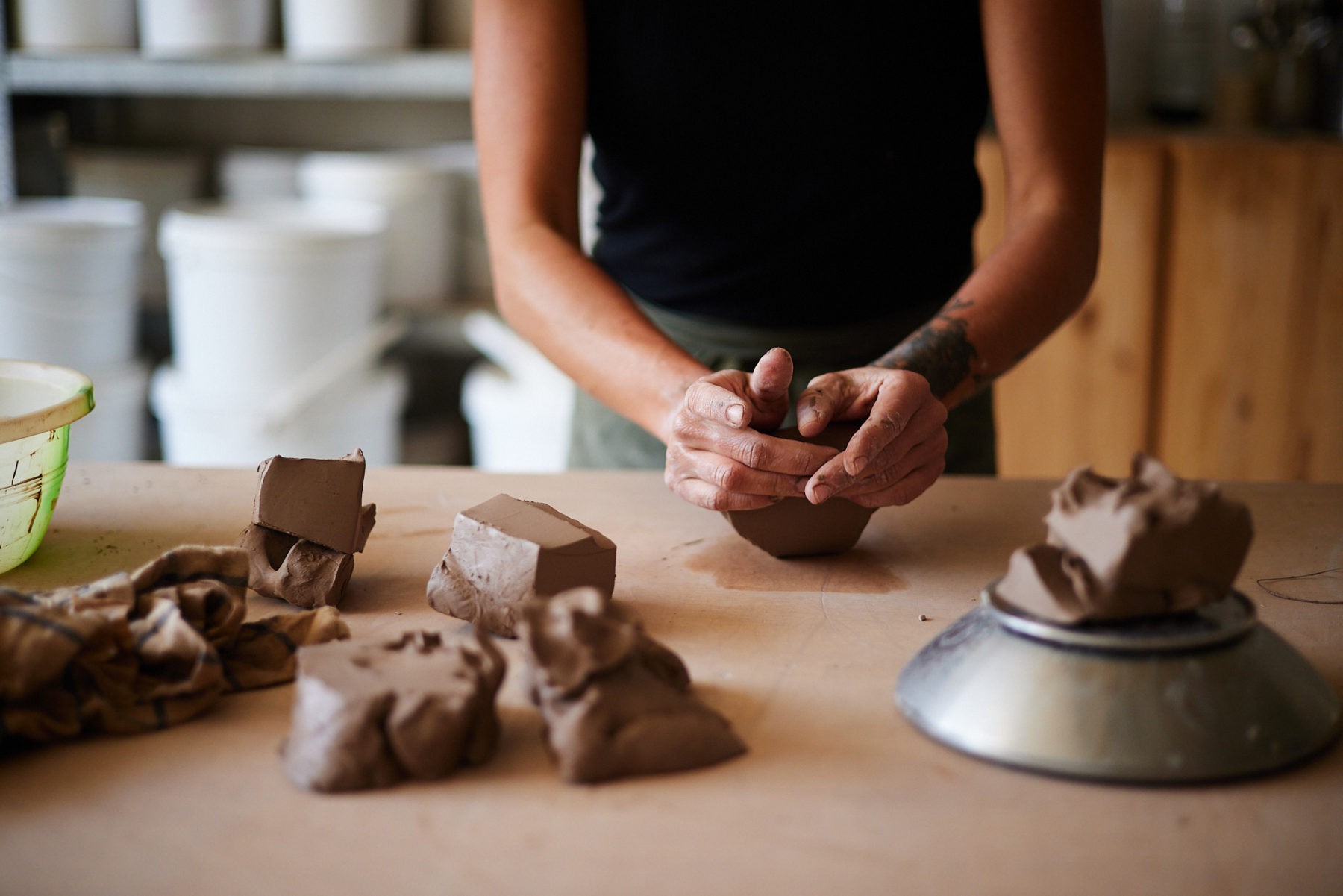
Andrea’s Pantry
(5 items that are always in your pantry, or that you can’t live without!)
1. Coffee
2. Mexican dried chillies (ancho, guajillo, de árbol).
3. Garlic
4. Mezcal
5. Good olive oil.
AR Ceramics x Another Pantry spoon rests will be on sale from 26.06.2022. Sign up to our newsletter to be the first to receive the link when they go live. Watch the film below.
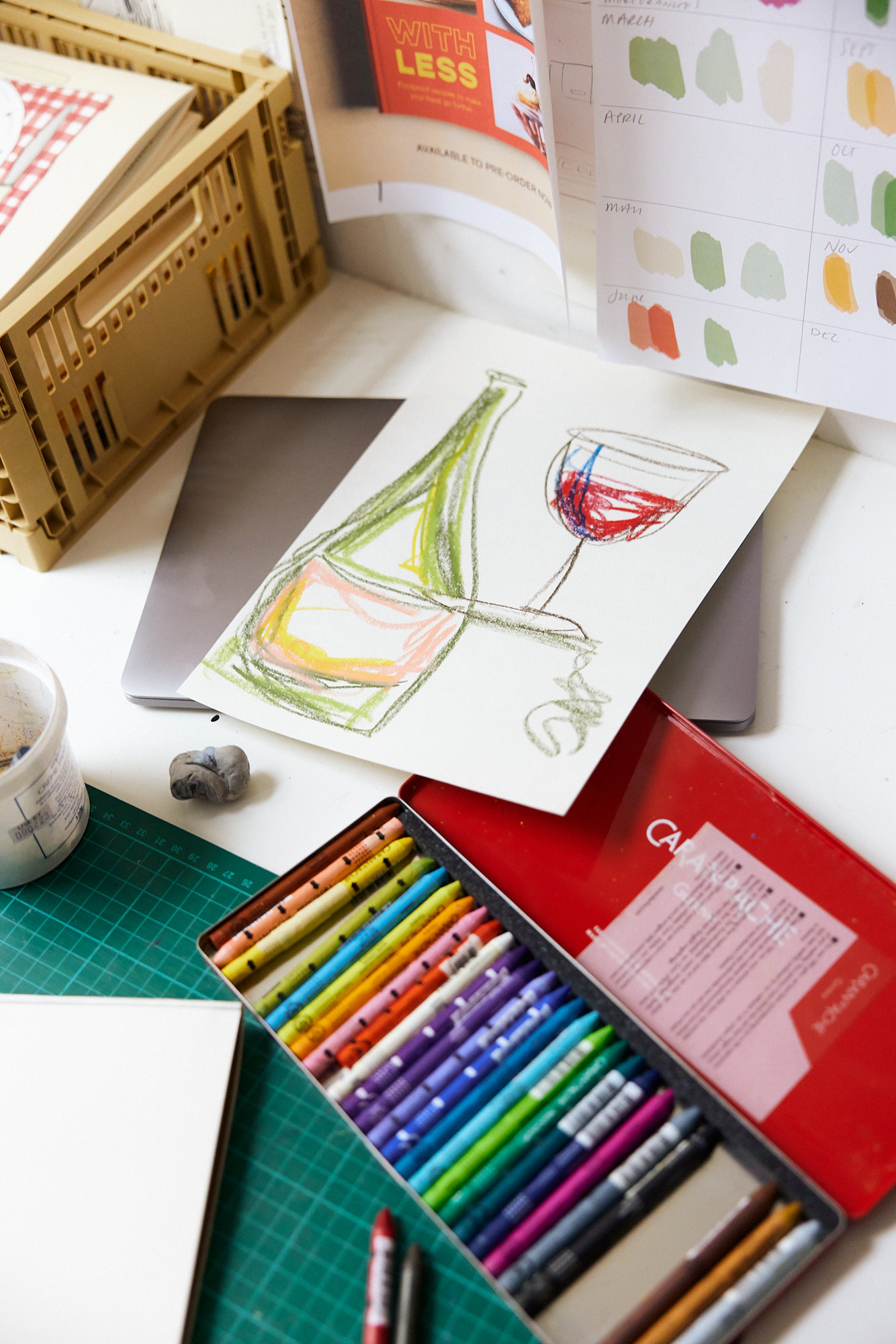

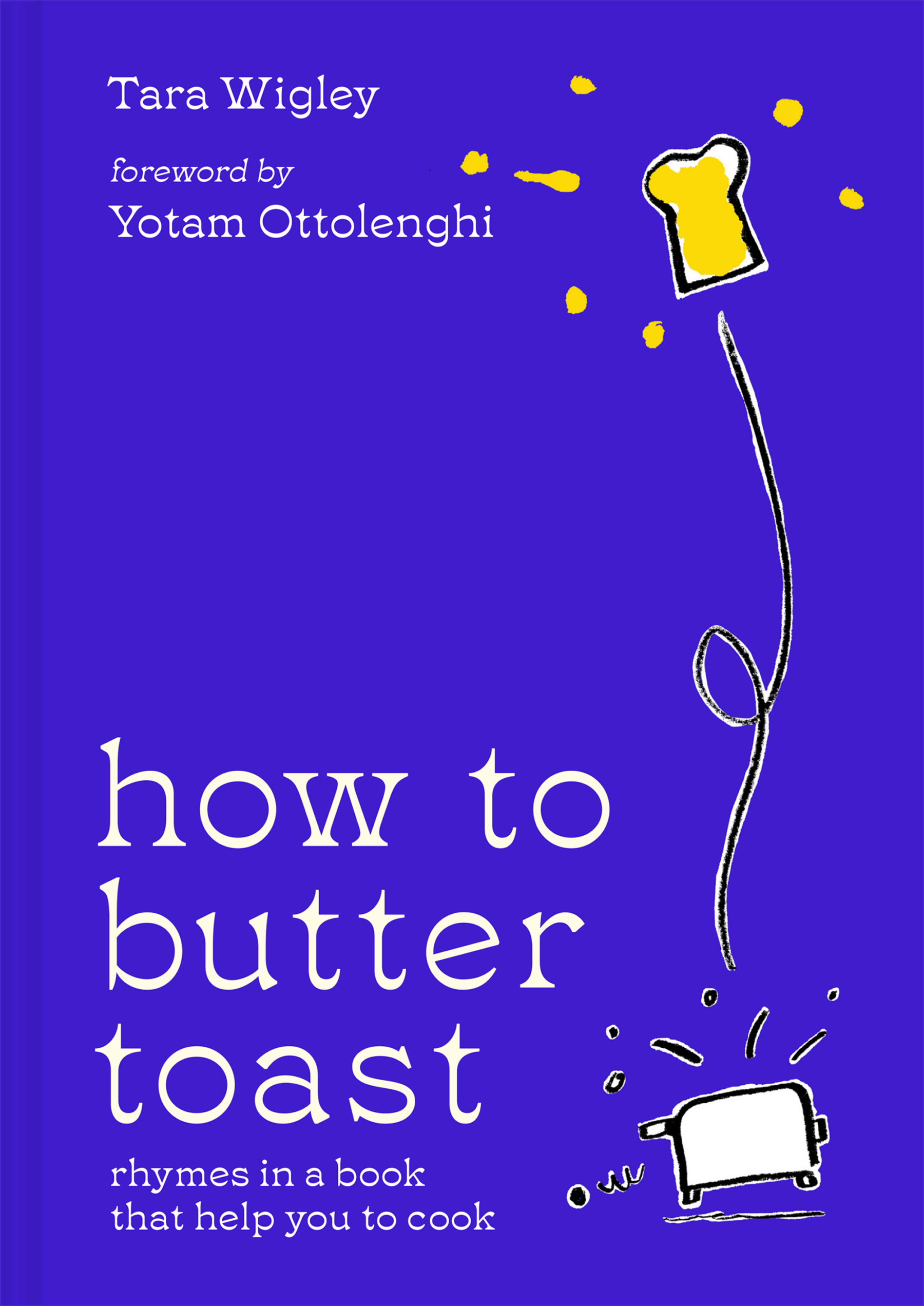
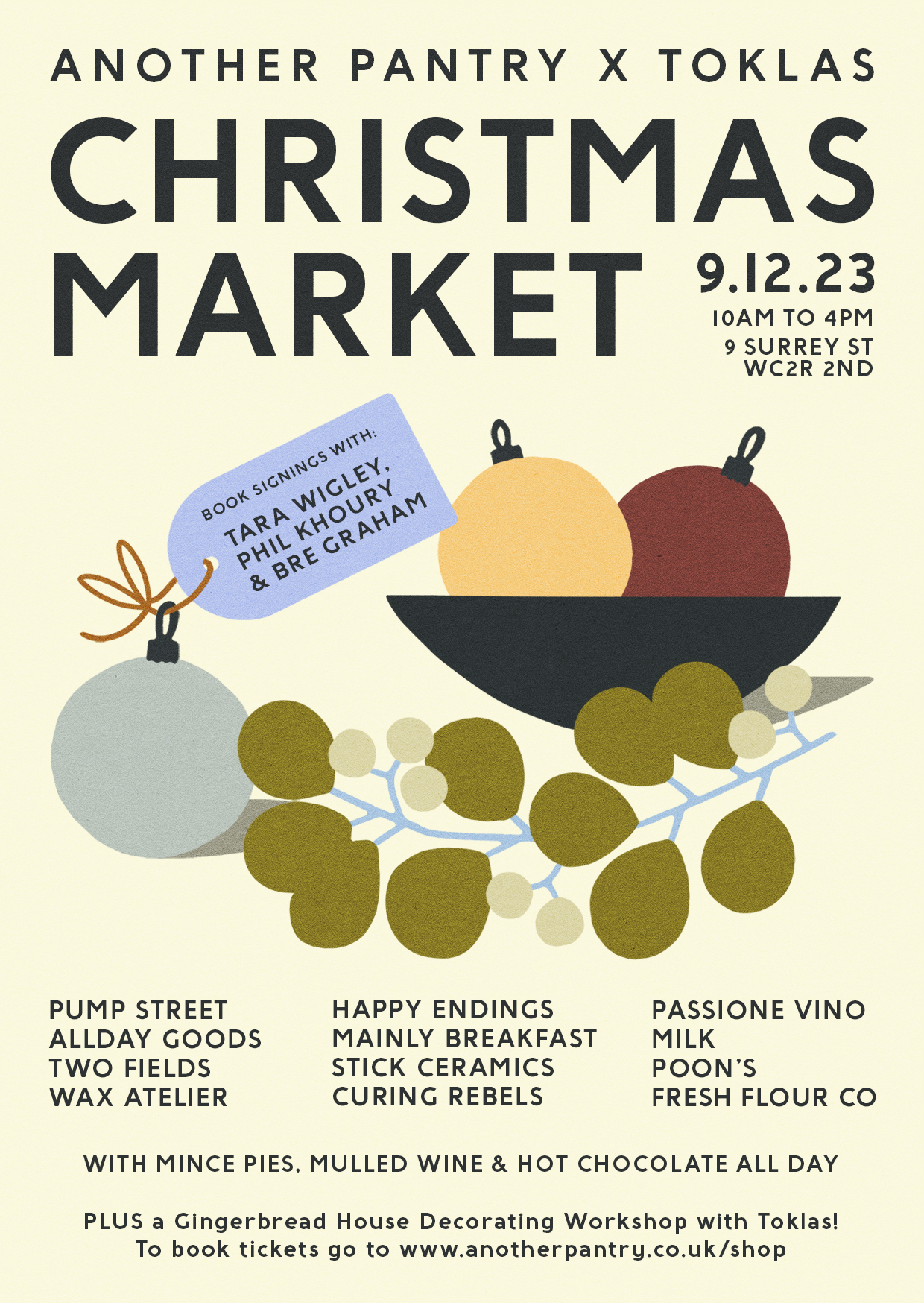

Andrea’s work is amazing, I can’t get enough of it!!
Enjoyed learning the design reasoning behind some of the products Andrea has done for restaurants/cafes – how the tactility and tone of the ceramics can contribute to the dining/drinking experience dependent on what is being served.